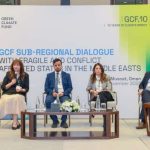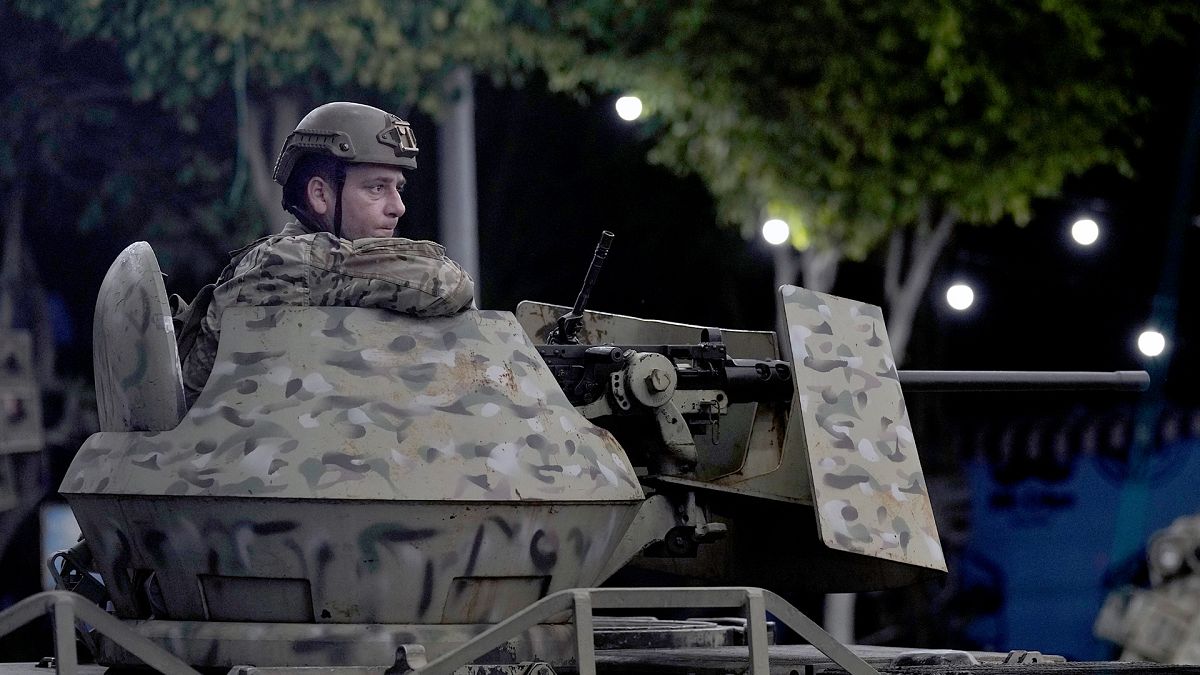Israel is currently targeting Hezbollah in Lebanon with the objective of disarming the group and establishing a safe environment for its citizens in Israel’s northern region of Galilee. Previous Israeli interventions in Gaza and Lebanon in 2006 have ended with dismal results, leading to a cautious approach this time. The IDF is utilizing military tactics and technology, such as drones, air force, and remote AI recognition systems to achieve tactical success on the battlefield. However, challenges persist as southern Lebanon’s terrain is conducive to guerrilla warfare, posing difficulties in maintaining control post-victory.
Despite tactical success, the IDF faces the challenge of maintaining safety for its troops on the ground post-conflict. Israel aims to engage Lebanese political forces to cooperate in reaching a lasting ceasefire and keeping Iran at bay. This strategy involves persuading the Lebanese people to free their country from Hezbollah and avoid the destruction experienced in Gaza. Selective strategies are being employed by Israel to gain the support of Lebanese factions exhausted by the fear of becoming the battleground for a war between Iran and Israel.
Cooperation with the Lebanese authorities is being considered to achieve the objective of disarming Hezbollah within a buffer zone extending from the Blue Line to the Litani River. Sunni parties and an increasing number of Shia factions are showing support for a ceasefire, highlighting the potential for a shift in sentiment within Lebanon. The Lebanese Armed Forces (LAF) could play a crucial role in disarming Hezbollah and establishing a balance of power in the country’s precarious institutional order. However, challenges remain, and Israel must decide whether to trust the LAF’s new role or risk prolonged asymmetric warfare in Lebanon.
The effectiveness of the LAF in disarming Hezbollah will depend on various factors, including the real popularity of Hezbollah among the Lebanese people. Despite Hezbollah’s significant share of the votes in Shia-dominated areas, there is a growing sentiment for a ceasefire among the majority of Shias. The international community and Arab nations must recognize this shift in sentiment and support efforts to establish lasting peace in Lebanon. Israel faces the dilemma of choosing between trusting the LAF or risking another conflict, emphasizing the need for strategic decision-making to ensure long-term security in the region.
In conclusion, the ongoing conflict between Israel and Hezbollah in Lebanon presents complex challenges and opportunities for peace in the region. By leveraging military tactics, technology, and strategic partnerships with Lebanese factions, Israel aims to achieve a lasting ceasefire and ensure the safety of its citizens in the northern region. The role of the LAF in disarming Hezbollah and maintaining security in southern Lebanon will be crucial in preventing further conflict and establishing stability in the region. Cooperation between Israel and the Lebanese authorities is essential for achieving long-term peace and security in the volatile Middle East.











